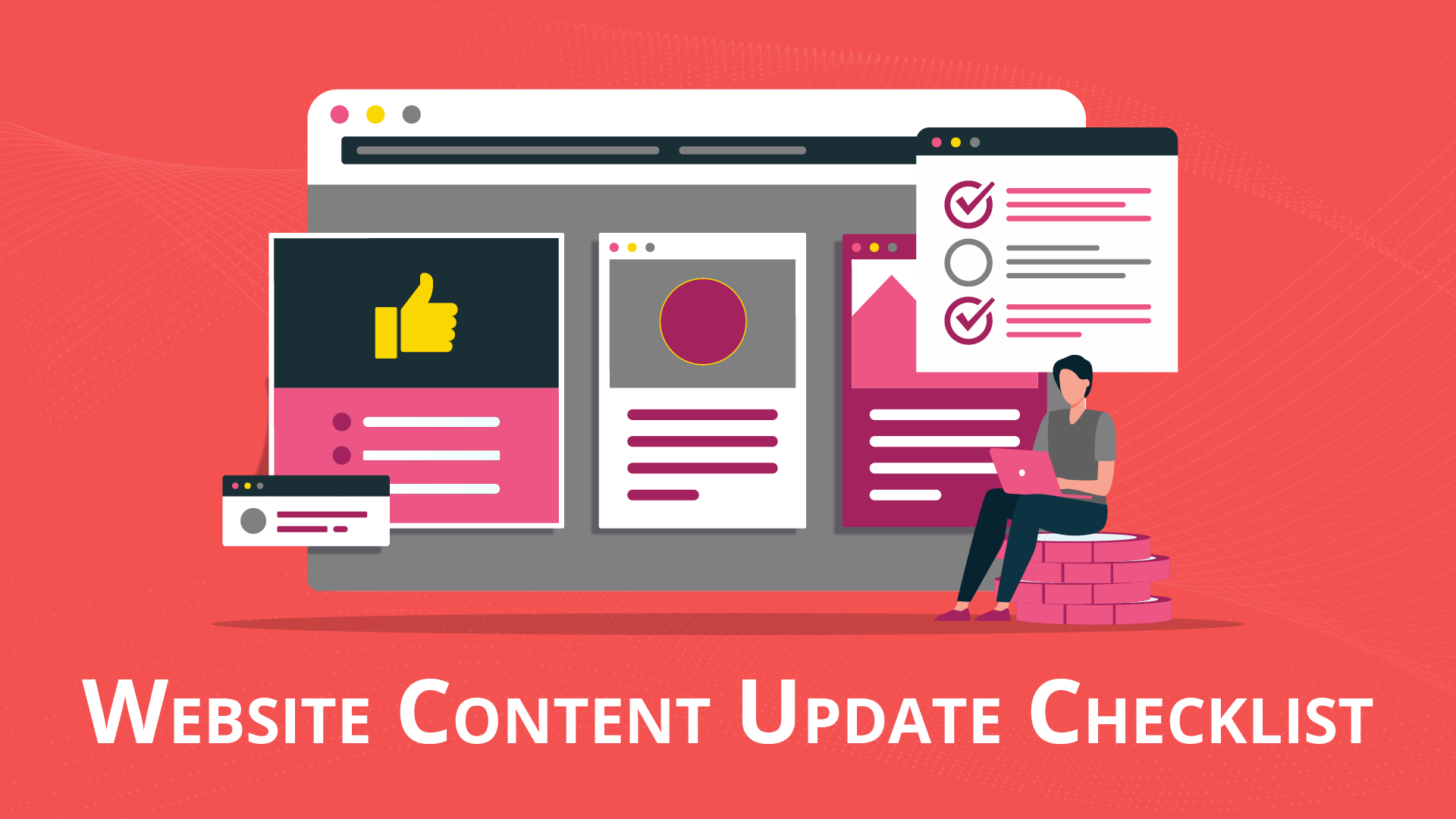
Back in November 3, 2011, Google first posted about the Freshness Update in its old blog:
“Search results, like warm cookies right out of the oven or cool refreshing fruit on a hot summer’s day, are best when they’re fresh. Even if you don’t specify it in your search, you probably want search results that are relevant and recent.”
Ever since this update rolled around, Google has prioritised pages that keep up with the times. If you fail to keep your content updated, you’ll fail to rank.
Still, keeping on top of your website content doesn’t need to be as stressful as it sounds. All you need is an action plan, and we’ve got an easy one for you.
Go through the following checklist, and keep it handy for whenever it’s time to refresh your content.
Always Check Your Analytics
Your analytics are the most concrete proof you’ll get about the performance of your content. Here’s how your analytics can introduce opportunities:
- Do you see any blog posts that you know have the potential to rank higher, but just aren’t getting enough traffic? There could be room for improvement there, or even a complete rewrite.
- Do you see any blog posts that get plenty of traffic, but that are filled with outdated information? That means it’s time to freshen up, as you’ll want to provide your readers with reliable, relevant content.
Don’t yet have analytics, or have no clue how to check them? Check out our blog post, Why you need to use analytics on your website.
Check What Your Competitors are Doing
Marketers often do competitor audits when they first start their business, and most of them leave it at that. Hopefully, you’re not one of them.
A competitor audit doesn’t have to be fancy. If you can look at your top 2-3 competitors and run a thorough analysis of their content, you’ll know the primary messages they’re focusing on, their Ultimate Value Propositions (UVPs), and their differentiators.
Once you’ve done that, you can use your new insights to refresh your own content. Remember that the goal of an audit isn’t to swipe messages from competitors, but to analyse their current strategy.
Are Your Links Still Working?
Broken links on your website signal to Google that you haven’t been updating your content as you should. The reason is that the link source is no longer active or the landing page content has been moved – which means you haven’t been checking your website for broken links.
To check your website for any broken links, just use a free broken link checker (like this one by Ahrefs). Fixing them can help you avoid any unnecessary Google penalties.
And, because potential broken links are often overlooked or simply forgotten about, checking yours periodically could give you a competitive advantage.
Is Your Branding Cohesive?
Branding exists for one main purpose: brand awareness.
You want potential customers to remember your brand when making purchase decisions within your category. For a brand to be remembered, though, its main elements – such as logos, taglines, and colours – need to be cohesive across all platforms.
Sometimes, when businesses make small changes to elements in their branding, they forget to reflect that change across all aspects of their business. Not only does it confuse prospects, but it may compromise brand awareness in the long term.
Make sure it all matches!
Wrapping Up
Your goal is to verify that you’re always sharing the latest Information across your website. Depending on your analytics, you might need to update your content yearly, quarterly, or even weekly.
Again, it depends. It’s your job to constantly check your metrics to ensure nothing goes stale.
Note that your updates should go beyond just sprucing up blog content. Maybe you’ve changed the way you deliver a service. Or maybe you’ve launched a new version of your product, and need to update a certain product page. When we talk about content, we’re talking about the content across your whole website. So keep that in mind.
Whatever the current state of your content is, do your best to always cover new information in your website as soon as you can – so the crawlers keep crawling, and your website keeps ranking.
